ericz83
TPF Noob!
- Joined
- Apr 3, 2012
- Messages
- 47
- Reaction score
- 3
- Location
- Clarksburg, WV
- Can others edit my Photos
- Photos OK to edit
No pics on this one, but C&C my words??
OK - I know this is kind of silly, but just wanted to throw this out there as I am attempting to teach myself about photography - starting with what I was told to start with, the Exposure Triangle.
I am typing this without looking at anything else. Really just to see if I am starting off on the right foot, don't want to misinterpret something - and have it stuck in my head the wrong way! I am well aware that this will not be a technical description and may even pick the wrong words - but am I at least on the way to understanding?
First, the triangle explains how light can be manipulated to make pictures, basically. ( = exposure )
First is aperture - set in the camera through f-stops. This is basically the size of the "hole" or opening that lets light pass through to the film (or sensor, in digital). The lower the f-stop, the larger the opening. The larger the f-stop, the smaller the opening. This effects depth of field in a picture.
Then, shutter. You adjust the speed of the shutter to determine how long you let the light pass through the lens to the film. A faster shutter speed "freezes time" faster - so you would use that in sporting events, fast motion stuff. A slower shutter speed, then, obviously, lets the light pass through for a longer time. Movement will then become blurred. But you can use slow shutter speeds where there is low light and no movement, to obtain good exposure.
Lastly, ISO. ISO describes how sensitive the film (or sensor) is to light. A lower ISO means that the film is more sensitive to light. As ISO rises the film becomes less sensitive. Problems with higher ISO's is noise in the picture. I am guessing this is due to changes in light?? Higher ISO's are good for low light conditions.
OK am I on the right track? (I tried not to make this too long! )
)
OK - I know this is kind of silly, but just wanted to throw this out there as I am attempting to teach myself about photography - starting with what I was told to start with, the Exposure Triangle.
I am typing this without looking at anything else. Really just to see if I am starting off on the right foot, don't want to misinterpret something - and have it stuck in my head the wrong way! I am well aware that this will not be a technical description and may even pick the wrong words - but am I at least on the way to understanding?
First, the triangle explains how light can be manipulated to make pictures, basically. ( = exposure )
First is aperture - set in the camera through f-stops. This is basically the size of the "hole" or opening that lets light pass through to the film (or sensor, in digital). The lower the f-stop, the larger the opening. The larger the f-stop, the smaller the opening. This effects depth of field in a picture.
Then, shutter. You adjust the speed of the shutter to determine how long you let the light pass through the lens to the film. A faster shutter speed "freezes time" faster - so you would use that in sporting events, fast motion stuff. A slower shutter speed, then, obviously, lets the light pass through for a longer time. Movement will then become blurred. But you can use slow shutter speeds where there is low light and no movement, to obtain good exposure.
Lastly, ISO. ISO describes how sensitive the film (or sensor) is to light. A lower ISO means that the film is more sensitive to light. As ISO rises the film becomes less sensitive. Problems with higher ISO's is noise in the picture. I am guessing this is due to changes in light?? Higher ISO's are good for low light conditions.
OK am I on the right track? (I tried not to make this too long!


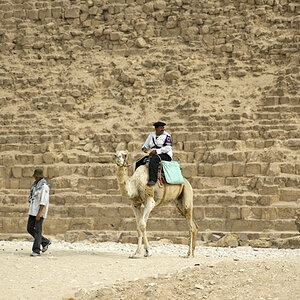

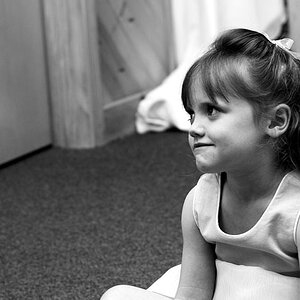
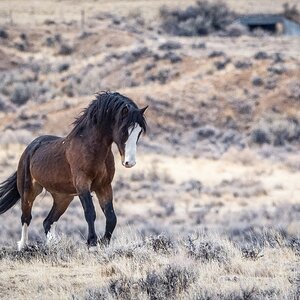
![[No title]](/data/xfmg/thumbnail/35/35879-b9a5a75c88f724f404f976b0c0e67dbd.jpg?1619737207)
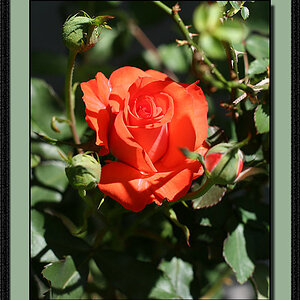
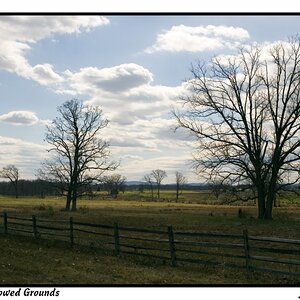
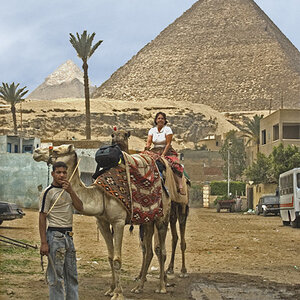
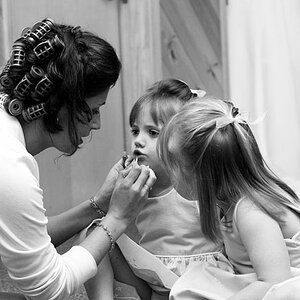

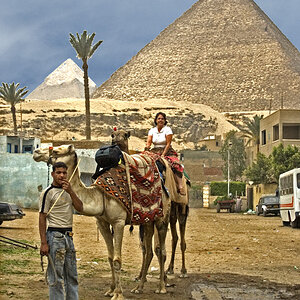
![[No title]](/data/xfmg/thumbnail/35/35877-b537a0bce18fcb18b610d787610f3d3d.jpg?1619737203)